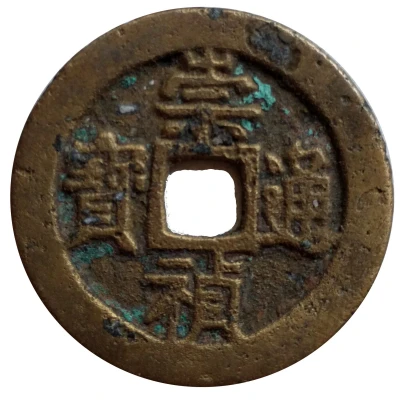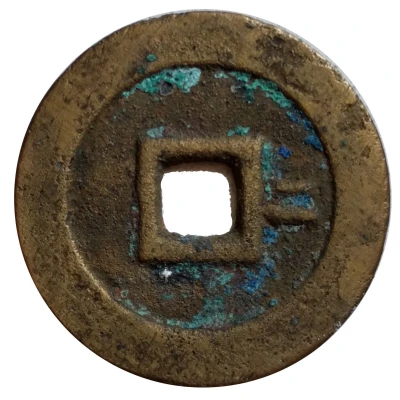2 Cash - Chongzhe Tongbao; Hu ND
| Brass | - | 29 mm |
| Issuer | Empire of China |
|---|---|
| Emperor | Ming dynasty › Chongzhen (崇祯帝) (1627-1644) |
| Type | Standard circulation coin |
| Years | 1628-1644 |
| Value | 2 Cash |
| Currency | Cash (621-1912) |
| Composition | Brass |
| Diameter | 29 mm |
| Shape | Round with a square hole |
| Technique | Cast |
| Orientation | Medal alignment ↑↑ |
| Demonetized | Yes |
| Updated | 2024-10-03 |
| Numista | N#222436 |
|---|---|
| Rarity index | 100% |
Reverse
One Chinese ideogram and value (sideways) at various locations.
Script: Chinese (traditional, regular script)
Lettering: 戸二
Translation:
Hu / Er
Ministry of Revenue (mint) / 2 Cash
Edge
Plain
Interesting fact
The Chongzhe Tongbao coin was the first coinage system introduced by the Ming dynasty in 1628, and it was made of brass. The coin had a unique feature - it had a square hole in the center, which was designed to make it easier for people to string them together and carry them around. This feature was a departure from the traditional round-shaped coins that were used in China at the time. The square hole also made it easier to distinguish the coins from counterfeit ones, as it was difficult to replicate the unique shape and design. I hope you find this fact interesting!

